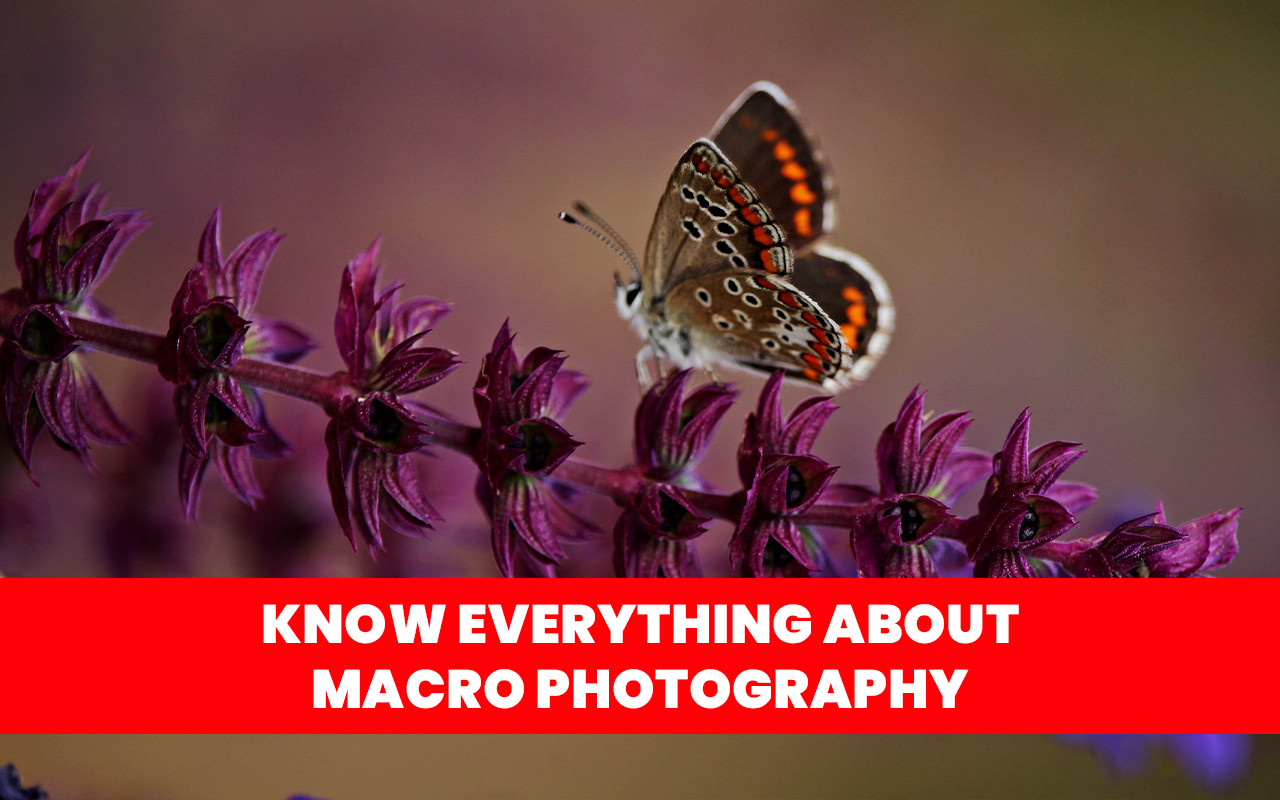I still remember the first time I truly "got" macro photography. I was messing around with a cheap reverse lens adapter I'd bought online, pointing my backward 50mm at random stuff in my apartment. When I looked at my LCD and saw the intricate spiral pattern inside a bottle cap—something I'd thrown away hundreds of times without a second glance—I was hooked. Seven years later, I'm still discovering new worlds in the tiniest subjects.
What Is Macro Photography?
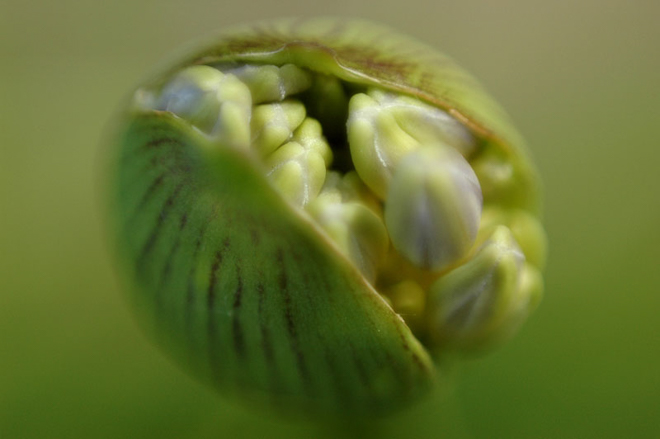
Macro photography captures subjects at life-size or greater magnification. While most photography shrinks larger scenes to fit our frames, macro does the opposite – it magnifies the miniature.
True macro photography achieves at least a 1:1 magnification ratio, meaning the subject appears on your camera sensor at the same size it exists in real life. That tiny ant that's 5mm long? It'll appear 5mm on your sensor, and when printed, it might be several inches big!
Common macro subjects include:
- Insects and tiny creatures
- Flower details and plant structures
- Water droplets and reflections
- Textures and patterns
- Small everyday objects
- Snowflakes and ice formations
My personal obsession? Jumping spiders. They're the puppies of the arachnid world – curious, expressive, and those eyes! But I wasted a memory card full of blurry shots before getting my first keeper.
What Equipment Do You Need for Macro Photography?
You don't need fancy gear to start exploring the macro world.
Camera Options
Any camera can work for close-up photography:
- DSLRs and Mirrorless Cameras: Offer the best image quality and lens options
- Compact Cameras: Many include decent macro modes
- Smartphones: Newer models have surprisingly good close-up capabilities
I shot with a beat-up Canon Rebel and kit lens for my first year of macro. Were those images National Geographic quality? Nope. Did they still reveal amazing details invisible to the naked eye? Absolutely.
Macro Lenses and Accessories
For serious macro work, consider these options:
- Dedicated Macro Lenses: The gold standard, offering 1:1 magnification
- Extension Tubes: Affordable rings that create greater magnification with existing lenses
- Close-up Filters: Screw-on magnifiers that work like reading glasses for your lens
- Reversing Rings: Allow you to mount a lens backward for increased magnification
Supporting Gear
These accessories make macro photography easier:
- Tripod: Essential for sharp images at high magnifications
- Macro Rail: Allows precise forward/backward adjustments
- External Flash or LED Lights: Provides crucial illumination for tiny subjects
- Diffusers: Soften harsh light to prevent blown-out highlights
- Remote Shutter Release: Eliminates camera shake from pressing the button
My first macro flash? A regular speedlight with a white plastic spoon taped in front as a diffuser. Looked ridiculous, but it worked surprisingly well.
How Can You Capture Stunning Macro Images?
Mastering Focus
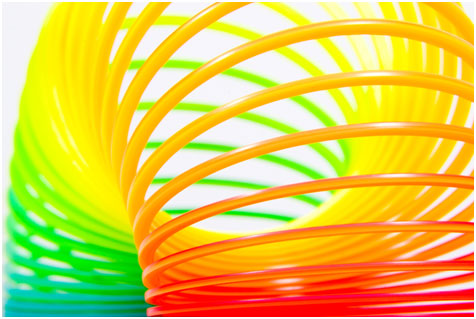
Focus becomes incredibly critical in macro photography:
- Manual Focus: Often more reliable than autofocus for precise control
- Live View: Use your screen's magnification to check critical focus
- Focus Stacking: Take multiple images focused at different points, then combine them
I once spent two hours trying to photograph a jumping spider. Every time I got close to focus, it moved slightly. I nearly gave up before finally getting the shot – patience is definitely not optional in this genre.
Understanding Aperture and Depth of Field
In macro photography, even f/16 provides a very shallow depth of field:
- Smaller Apertures (f/11-f/22): Increase depth of field but may introduce diffraction
- Wider Apertures (f/8-f/5.6): Create artistic selective focus, but make precise focusing crucial
- Balance: Find the sweet spot between depth of field and image sharpness
Lighting Techniques
Good lighting makes or breaks macro photography:
- Natural Light: Soft morning or evening light works beautifully for outdoor subjects
- Diffused Flash: Provides necessary light without harsh shadows
- Continuous LED: Helps you see exactly what you'll capture
- Reflectors: Bounce light into shadowed areas
Last summer, I discovered that shooting through a translucent flower petal with the sun behind it creates the most amazing glow. Happy accidents often lead to signature techniques.
Controlling Backgrounds
Backgrounds in macro can either complement or distract:
- Distance: Increase the distance between the subject and the background for a pleasing blur
- Color: Choose complementary or contrasting colors for impact
- Simplicity: Remove distracting elements from the frame
- Black Velvet: Creates dramatic isolation for small subjects
How Should You Compose a Macro Photo?
Finding Subjects
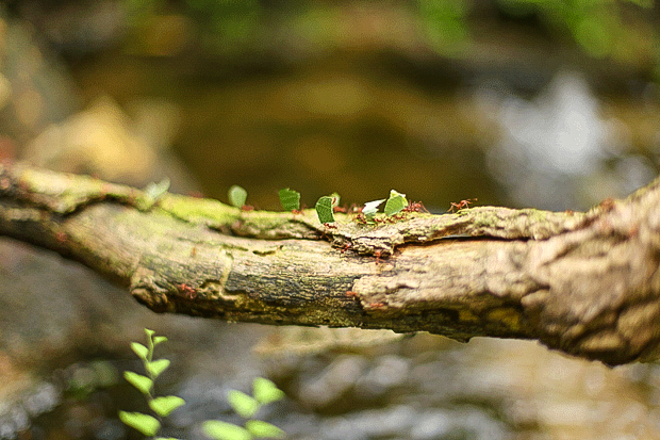
Macro subjects exist everywhere once you develop an eye for them:
- Gardens and Parks: Rich with insects, flowers, and natural patterns
- Kitchen Items: Food, spices, and cooking ingredients offer fascinating textures
- Household Objects: Electronics, fabrics, and everyday items reveal surprising details
- Water Interactions: Droplets, splashes, and reflections create magical effects
I keep a "macro journal" noting seasonal changes in my garden – when certain insects appear, when flowers bloom, and when morning dew is most likely. Sounds nerdy, saves me tons of time.
Composition Techniques
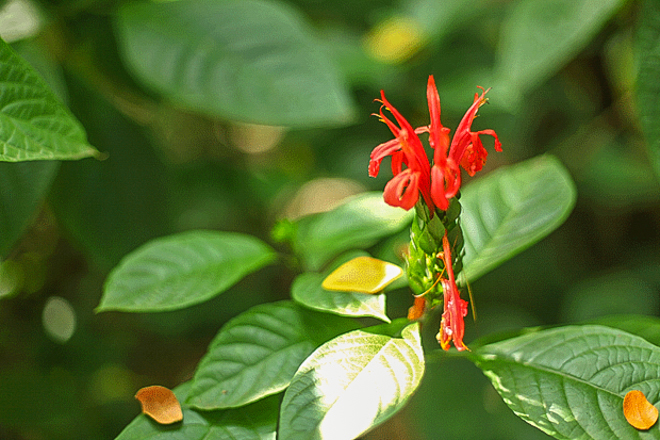
Standard compositional rules apply, with some macro-specific considerations:
- Rule of Thirds: Position key elements at intersection points
- Leading Lines: Use natural lines to draw attention to your subject
- Negative Space: Give tiny subjects room to "breathe" in the frame
- Symmetry and Patterns: Highlight natural geometry
- Perspective: Shoot from unusual angles to create impact
What Challenges Will You Face in Macro Photography?
Managing Shallow Depth of Field
The closer you get, the thinner your focus plane becomes:
- Focus Stacking: Combine multiple images in software like Photoshop
- Strategic Angle: Position your camera parallel to the main plane of your subject
- Subject Selection: Choose flatter subjects when starting out
My first attempts at photographing a dragonfly's compound eyes were frustrating – impossible to get everything in focus. After learning focus stacking, I finally captured all those amazing facets in sharp detail.
Minimizing Camera Shake
At high magnifications, even tiny movements cause blur:
- Tripod Use: Essential for maximum sharpness
- Mirror Lock-up: Reduces vibration in DSLRs
- Remote Trigger or Self-Timer: Prevents shake from pressing the shutter
- Stable Platforms: Brace yourself or the camera when shooting handheld
Working with Live Subjects
Insects and small creatures present unique challenges:
- Early Morning: Many insects are slower when it's cool
- Patience: Wait for subjects to become comfortable with your presence
- Observation: Learn behavior patterns to anticipate movements
- Ethics: Never harm or stress subjects for a photograph
In our "Macro Nature Photography" course at The Compelling Image, we emphasize ethical approaches to wildlife photography at all scales.
Why Should You Try Macro Photography?
Macro photography offers unique benefits beyond just beautiful images:
- Accessibility: You can practice anywhere, in any weather
- Discovery: Reveals aspects of our world that are normally invisible
- Technical Growth: Improves precision in all photography skills
- Mindfulness: Encourages slowing down and observing closely
After years of shooting landscapes and portraits, macro photography completely changed how I see the world. Now I notice tiny details everywhere – the crystalline structure of snow, the geometric precision of plant growth, the iridescent scales on butterfly wings.
Ready to explore the macro world? Check out our comprehensive macro photography courses at The Compelling Image, where we provide personalized feedback to help you master this fascinating genre.
